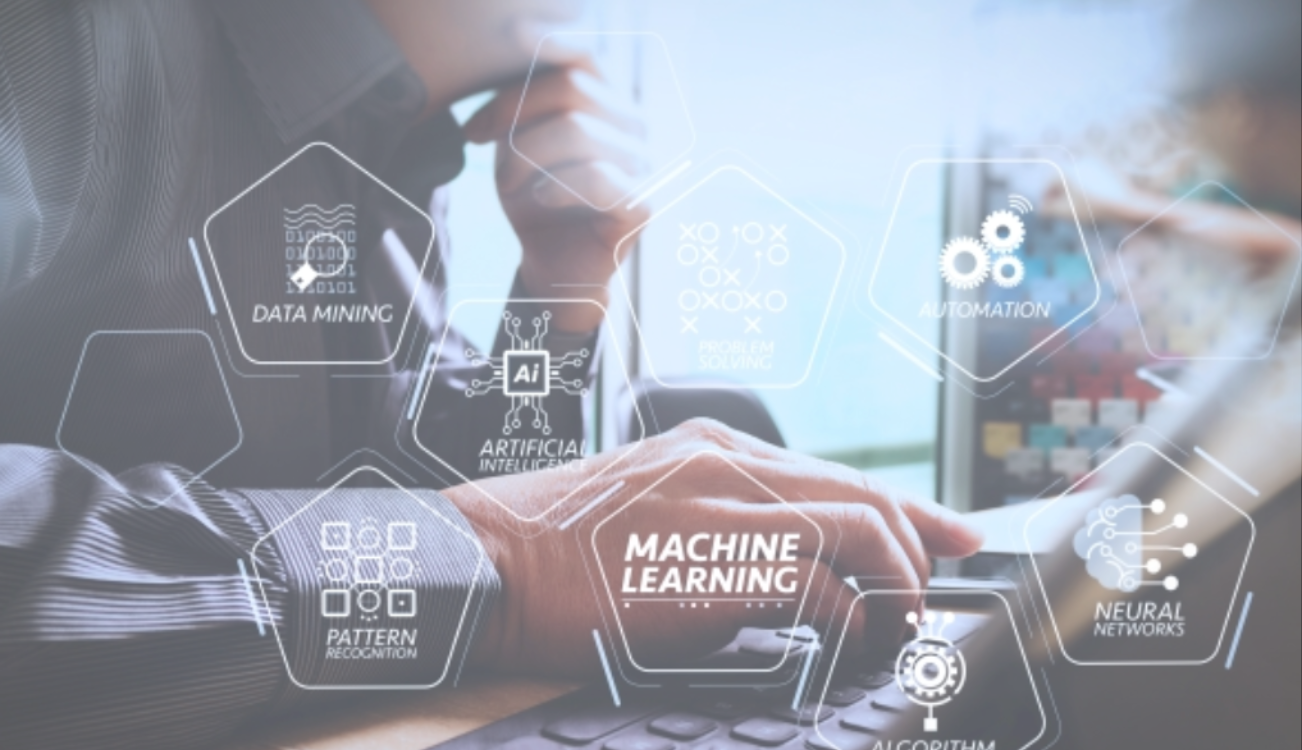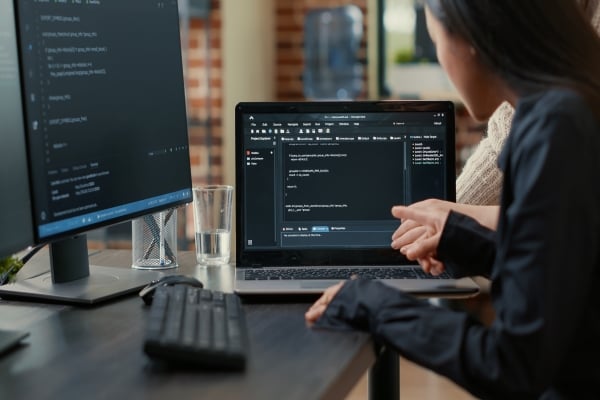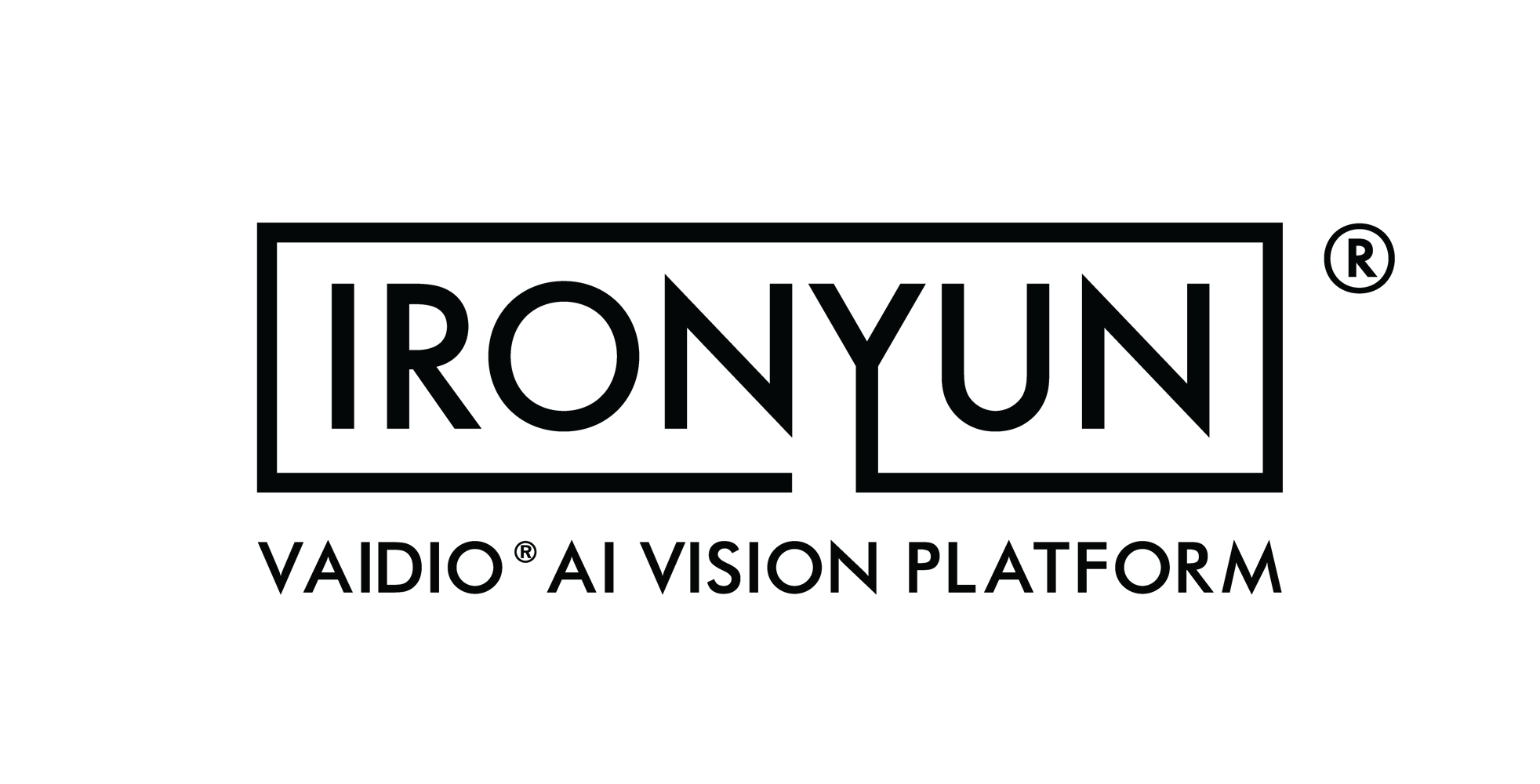
Computer scientists have long dreamed of building machines that can perceive and comprehend the world as humans do. Their efforts have resulted in the development of AI computer vision, a broad field of AI and computer science that focuses on interpreting visual data. Today, computer vision is used in a range of applications, from facial recognition and autonomous vehicles to navigation and security.
Without a doubt, AI is very useful in so many aspects around us. At present, many businesses and even government agencies rely on computer vision technology, computer vision applications, and many other computer vision techniques to capture and generate image and video data that are crucial in many fields, from machine learning to deep learning and computer science.
In reality, there are a lot of applications of computer vision technology that are also using artificial intelligence in their computer vision system—from self-driving cars to object detection and magnetic resonance imaging, there's a computer vision application for just about everything.
In this article, we will be discussing some of the most commonly used AI vision applications that are changing our world today.
How Computer Vision Technology Works In AI
Before you see the best apps to use nowadays, let's talk about how computer vision technology works with AI.
In general, computer vision technology is a process that uses digital processing to extract meaning from images. This means that the input for computer vision technology is an image. The output could be anything from a list of objects recognized in the image to the coordinates of where these objects are found to a numerical measure of some characteristic of the objects.
This technology has but one purpose: to understand what is happening in an image. However, the ways by which this can be achieved are almost limitless. The most important thing is that there should be some rule or set of rules that separate one object from another so that the computer vision system can learn to identify these objects through image processing.
The best way to understand how computer vision technology works is by example. So in this example, we will use a simple task of recognizing handwritten digits from 0-9.
We will start with a training set, a collection of images that humans have labeled. The developers will then annotate each image in the set with the digit that has been written on it. This is what the training set looks like:

The computer vision system can learn to identify each digit from this data. It will create a model that can identify digits in other images. For example, if we have an image containing the number 6, the computer vision system will use its model to identify all of the pixels corresponding to the number 6.
This is how computer vision technology works with AI. The computer vision system uses images as its input, and it can output either a label for the object in the image or a set of coordinates that locates the object in the image. It can also provide other information about the object's size, shape, or color.
In essence, computer vision systems work through the application of machine learning algorithms, deep learning algorithms, and other AI techniques to images so that they can be processed and interpreted.
What Are The Different Types of AI Vision Applications?
Now that we know how computer vision systems work, let's talk about the different types of computer vision applications. Here are some of the most popular computer vision applications:
1. Face Recognition
Facial recognition technology is one of the most popular applications of computer vision. Facial recognition is used in various applications, such as security, marketing, and social media.
Face recognition works by using a computer vision system to detect and identify human faces in an image. The computer vision system will extract features from the face, such as the eyes, nose, and mouth, and it will use these features to create a model of the face. This model is then used to match the face in other images.
Through machine learning, people can identify individuals, track their movements, and even detect emotions.
2. Self-Driving Cars
Self-driving cars use computer vision to navigate the road and avoid obstacles. They use cameras and sensors to gather data about their surroundings, and they use this data to generate a 3D map of the environment. This allows them to plan their route and avoid collisions. Self-driving cars are still in development, but they have the potential to revolutionize transportation.
3. Object Detection and Tracking
Object detection is another popular application of computer vision. Object detection is used in various applications such as security, autonomous vehicles, and robotics. Object detection can be used to detect people, animals, or objects. It can also be used to track their movements.
People can use it to detect intruders, track products through a supply chain, or inspect manufactured products for defects. Today, object tracking is used by companies such as Amazon and Google to power their facial recognition and product identification applications.
4. Medical Imaging
In medical image processing, AI is used to create images of the human body for diagnostic purposes. Medical images can be used to detect diseases, assess the damage from injuries, or monitor the progress of treatment.
Computer vision is also being used to develop new medical diagnostic devices, such as wearable devices that can monitor a person's health in real-time. It is especially beneficial for MRI scans and neurological and musculoskeletal diseases where a visual examination by a doctor is not possible.
5. 3D Printing
3D printing is the process of creating three-dimensional objects from a digital model. In 3D printing, computer vision is used to convert a digital 3D model into instructions for a 3D printer. The instructions include the coordinates of the points in space that make up the 3D model. 3D printers use these instructions to print the object layer by layer. 3D printing is revolutionizing manufacturing and it has the potential to change the way we produce goods.
6. Traffic Monitoring
Traffic monitoring is the process of monitoring and managing traffic flow. Traffic monitors use computer vision to detect and track vehicles on the road. They can also be used to count traffic, measure traffic speed, and identify congestion. Traffic monitoring is used to help manage traffic flow and reduce congestion. It is also used to improve road safety. In smart cities, traffic monitoring is used to manage transportation and reduce pollution.
7. License Plate Recognition
License plate recognition is the process of automatically identifying license plates. It is used for security, law enforcement, and traffic management. License plate recognition can be used to identify stolen vehicles, track the movements of criminals, or monitor traffic violations. License plate recognition systems are becoming increasingly common due to the rise of self-driving cars. They are essential for enabling autonomous cars to comply with traffic laws.
8. Retail Analytics
Retail analytics is the process of using data to understand and optimize retail operations. Retailers use computer vision to track customers, count inventory, and identify trends. Retail analytics can be used to improve customer service, optimize store layout, and increase sales. It is also used to detect fraud and theft. Retailers such as Walmart and Amazon use retail analytics to power their online stores.
9. Surveillance
Surveillance is the monitoring of people or vehicles for security purposes. In surveillance, computer vision is used to detect and track people or vehicles. It can also be used to identify suspicious behavior.
Surveillance cameras are used by governments and businesses to protect against crime and terrorism. They are also used to prevent workplace accidents. In smart cities, surveillance is used to improve public safety. One country that has taken the lead in deploying surveillance systems is China.
What Are the Benefits Of Using Computer Vision Technology?
There are many benefits of using computer vision technology. Some of them are:
Automate Tasks
First, it can help you automate tasks that humans would otherwise do. For example, if you need to count the number of objects in an image, you can use computer vision to do this for you.
Improve Accuracy
Second, computer vision can improve the accuracy of your results. This is especially important in applications where accuracy is critical, such as medical diagnosis or facial recognition. For example, facial recognition can achieve an accuracy rate of 98.1%.
Save Time
Third, computer vision can reduce the time it takes to complete a task. For example, if you need to classify images into different categories, you can use computer vision quickly and efficiently. If you need to classify images, you can do it quickly with computer vision because the application can do it automatically. For example, object detection and tracking can save you a lot of time monitoring a large area.
Reduce Processing Power
These applications are also efficient. They use less processing power and memory than traditional methods. This is important because it allows devices to run these applications without running into resource shortages.
Scalability
These applications are scalable. This means that they can be used in different settings, from small businesses to large enterprises. For example, a small shop and a large chain store can both benefit from using facial recognition based access control to enter areas restricted for staff only.
This also means that people can use them on various devices, such as smartphones, tablets, and laptops. Scalability often means an application's ability to adapt to many situations, and if a certain application is adaptable, it can reap many benefits for the users.
Intuitive and User-Friendly
In addition, these applications are user-friendly. The user interface is easy to use, and the applications are easy to set up. People with zero knowledge of algorithms can use some apps. This is extremely helpful because it means that anyone can use these applications.
Affordability
Most of these applications are affordable. Many of them are free or have a free trial. This makes them accessible to everyone. Some apps also have a subscription model, which is still affordable for most people. If an application is affordable and useful to the owner, it can give the user a great benefit and give the manufacturer a consistent following.
Reliability
Finally, these applications are reliable. They have a track record of success and can be counted on to do their job. This is important in critical applications, such as medical diagnosis. Medical diagnosis requires high accuracy, and an AI application that can provide this is extremely valuable.
Right now, where health and safety are big concerns to many people because of the ongoing global pandemic, these applications are becoming increasingly important.
There are many other benefits to using these applications, and we hope that this will give you a good idea of why computer vision applications are important.
In Conclusion
Nowadays, the development of artificial intelligence has been promoted in various fields, and its application range is also expanding. In addition to the traditional application areas such as medicine, finance, and manufacturing, it also begins to be applied in our daily lives, such as with driverless cars, intelligent robots, and so on.
The above is only a small part of the AI application. In the future, with the continuous development of AI technology, we believe that the application of AI will be more and more extensive.


